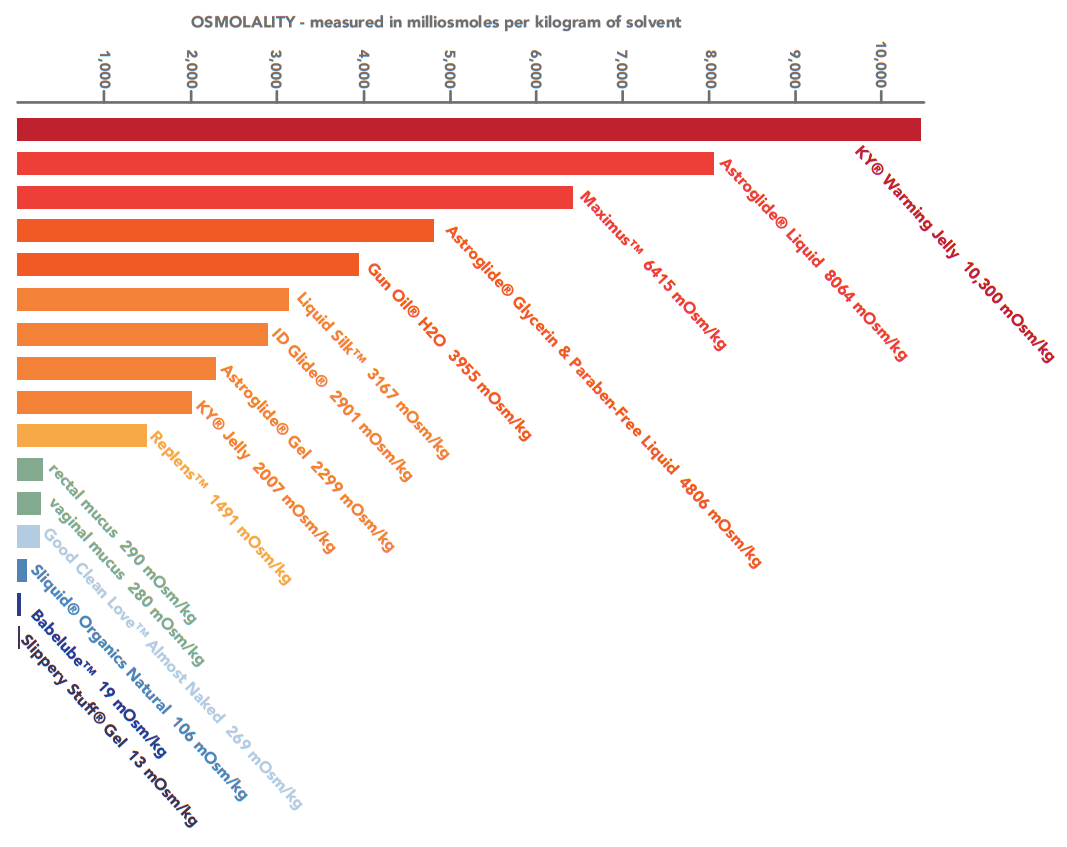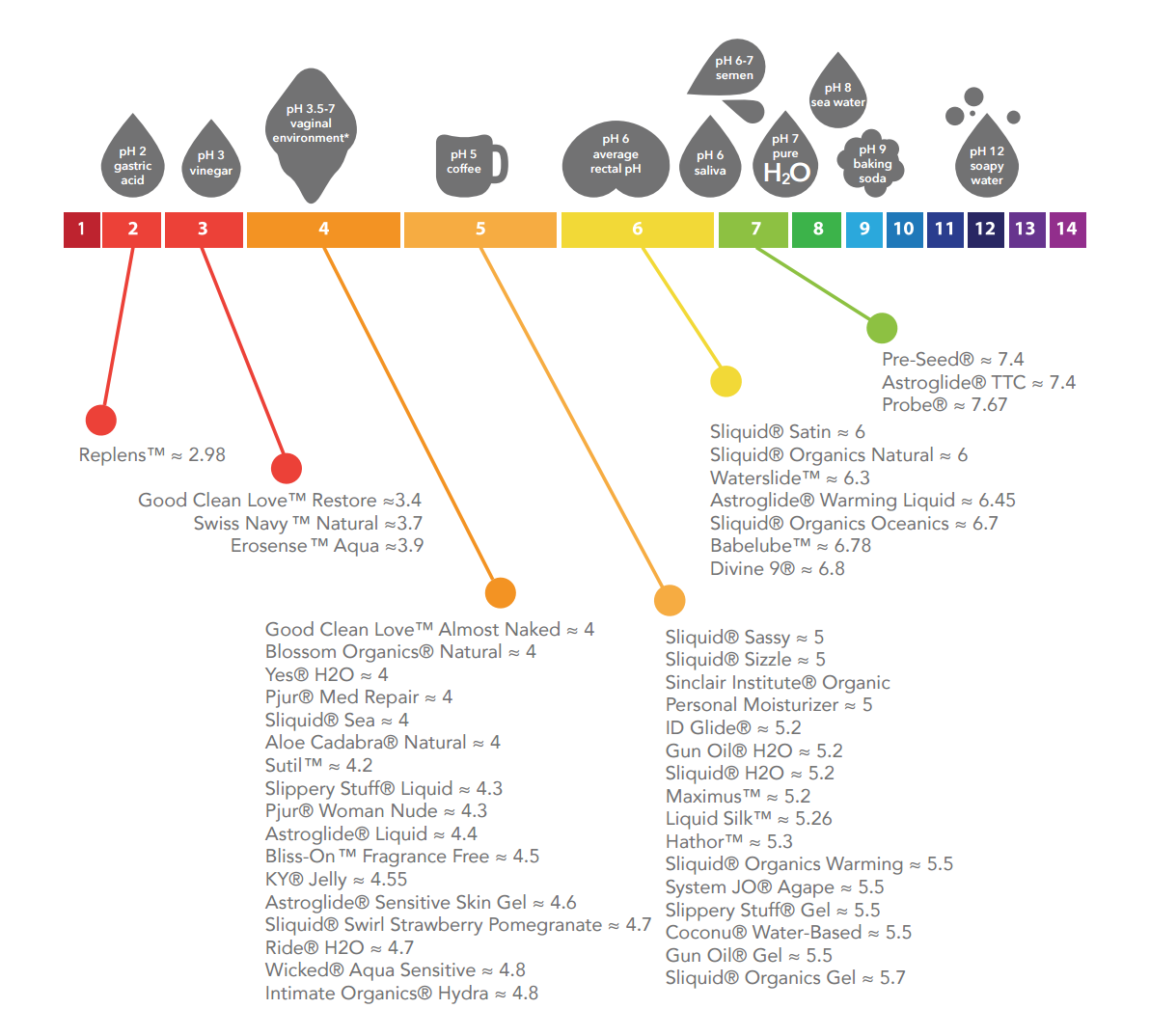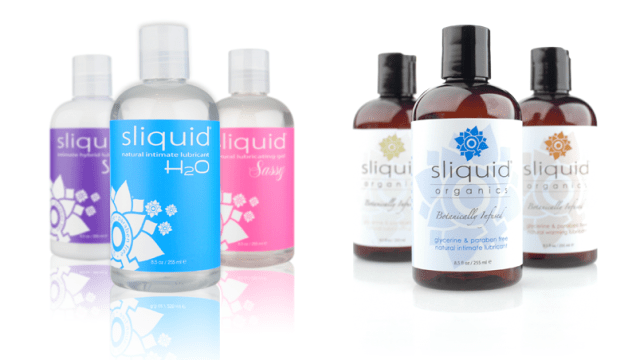If you’re using a personal lubricant, either for sexy times or for something mundane like inserting a menstrual cup, you probably aren’t thinking about whether it’s potentially unhealthy for you. But some lubes on the market are best left untouched — and not, as Gwyneth Paltrow’s GOOP suggested, because they’re “toxic”.
“As long as you are not using KY Jelly, the other products with polyquaternium, or a warming liquid and you are not having any issues and you are happy with your product, you probably don’t need to switch,” writes gynaecologist Dr Jen Gunter.
Polyquaternium may increase HIV replication, potentially increasing your risk of infection with a high-risk partner. KY Jelly contains an antimicrobial chemical that can kill off the good bacteria that live in the vagina. And lubes that are “warming” are typically high osmolality.
Osmolality describes how concentrated a water-based lube’s ingredients are. (That’s the basic idea, but there’s a more in-depth explanation in the link at the bottom of this post.) High osmolality lube can irritate body tissues by dehydrating them, and unfortunately, a lot of popular lubes are high osmolality. That’s why Dr Gunter says you should consider if you’re happy with your current product. If it’s not bothering you, feel free to keep using it. But if you’re shopping for a new lube, check out the osmolality and pH charts from Bad Vibes. Ideally, a lube should have an osmolality under 380 milli-osmoles per kilogram.

Another important consideration with water-based lubes is pH, which measures how acidic or basic something is. The vagina’s natural pH ranges from 3.5 to 7, and rectal pH is around a 6. If a lube’s pH is very different from your body’s, you could feel burning or stinging when you use it. Again, this isn’t a reason to ditch your current lube if it feels fine, but take a look at the chart if you’re shopping for a new product.

One final piece of Gwyneth’s advice you would be wise to ignore: The idea that “if it is safe to eat, it is generally safe to apply”. This is definitely not true. Sugar, for example, should go nowhere near your vagina, because it could encourage infections. (Flavoured lubes contain it sometimes. Steer clear.) Other foods can run into the same pH and osmolality issues as commercial lubes. Dr Gunter says that some of her patients use coconut oil as a lube, and that’s probably safe. Oils should never be used with latex condoms, though, and silicone lubes should stay away from silicone toys or menstrual cups. If this sounds like too many things to keep track of, check out the link below, where the Bad Vibes folks explain how to shop safely for lube.
Smitten Kitten’s Shopping Guide to Lube [BadVibes]

Comments